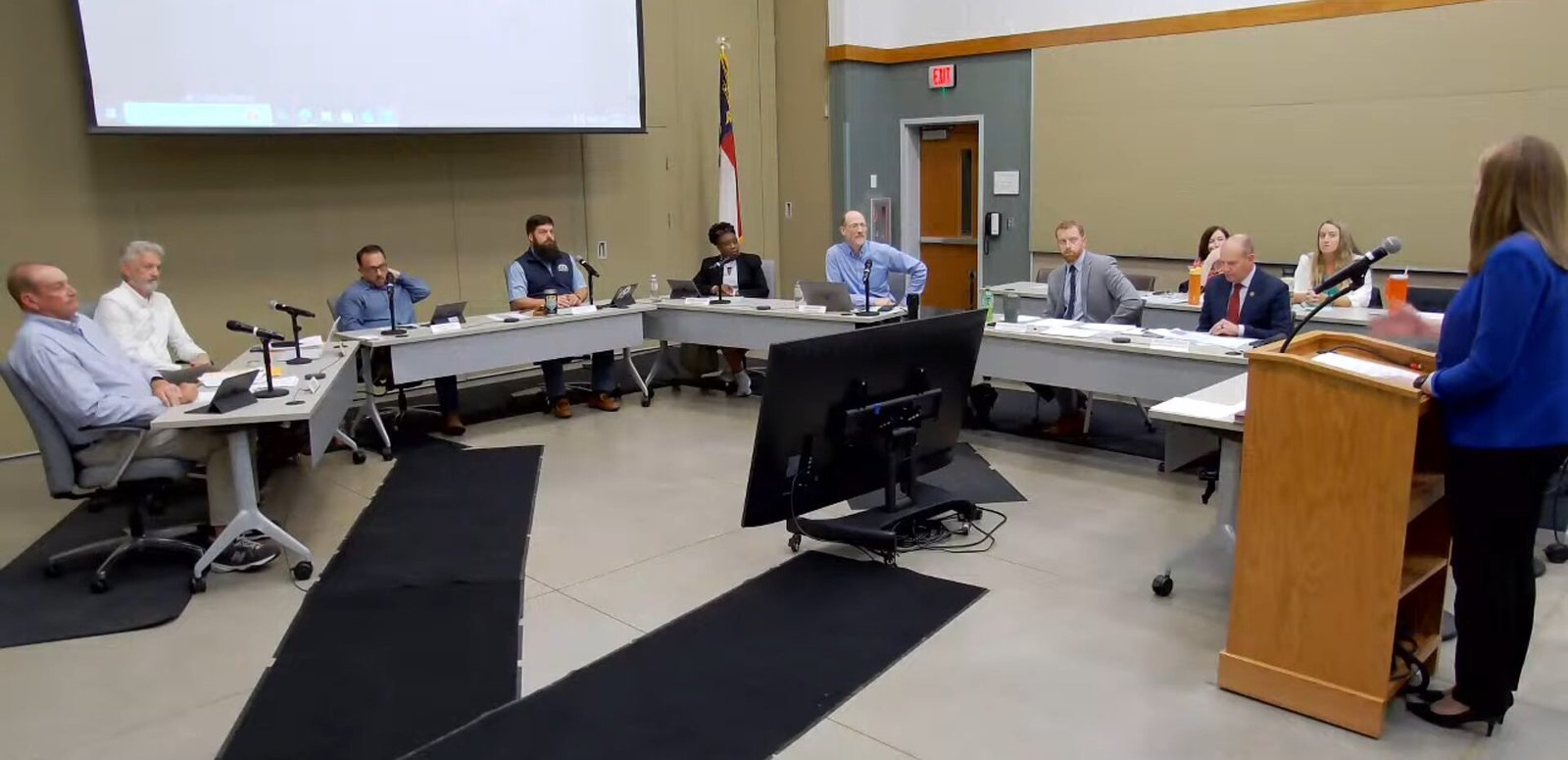Called AlphaEarth Foundations, the geospatial AI model pulls together satellite images and other environmental data to create a single picture of the planet, according to a blog post.
Satellites orbiting Earth collect large amounts of information every day. While this data is valuable, it’s often stored in many different formats and comes from different times and sensors, making it hard to combine.
AlphaEarth Foundations acts like a “virtual satellite” that can merge all this information into one consistent view, the post said.
For example, the model can see through persistent clouds in Ecuador to map agricultural plots in various stages of development, according to the post. It can also map the surface of Antarctica, normally a tough place to image.
The AI model can spot changes in land use, such as new construction, deforestation or crop growth, in 10-meter squares, per the post. It also stores the information much more efficiently, using 16 times less space than comparable AI systems.
To make it available to the public, Google is releasing yearly snapshots from 2017 through 2024 in a new Satellite Embedding dataset within Google Earth Engine. This dataset contains more than 1.4 trillion data points each year and is ready to use without extra processing work, the post said.
Over 50 organizations have already tested the system, including the United Nations’ Food and Agriculture Organization, Stanford University, Oregon State University and others, according to the post.
For example, the Global Ecosystems Atlas, an initiative that aims to comprehensively map and monitor the world’s ecosystems, is using AlphaEarth Foundations to help countries classify unmapped ecosystems into categories such as coastal shrublands, per the post. In Brazil, environmental mapping group MapBiomas is using the tool to track farmland and forest changes.
However, even though the model is a “cutting-edge technological breakthrough” in Earth mapping, it is dependent on high-quality satellite data, according to a GoGeomatics Canada blog post.
“While it is known for effectively filling gaps in missing or incomplete data, interpreting poor-quality inputs in critical situations can lead to misdirection,” the post said.
Read also: T-Mobile and SpaceX to Test Satellite-to-Cell Service
How AlphaEarth Foundations Works
AlphaEarth Foundations combines information from many different satellite and environmental sources into one clear, consistent picture of Earth. It works a bit like stitching together thousands of puzzle pieces into a single image, except the puzzle pieces come from different satellites, sensors and even time periods.
The system takes in a variety of public data, including the following:
- Optical satellite photos, like those available on Google Earth
- Radar scans that can penetrate cloud cover
- 3D laser mapping
- Climate and environmental readings, such as temperature and rainfall
- Elevation maps and gravity measurements
- Descriptive information linked to locations
It treats the images from the same location over time like frames in a video. This lets it “understand” changes through the seasons or from one year to the next, like crops being planted and harvested, forests being cleared or cities expanding, the Deepmind blog post said.
AlphaEarth Foundations then condenses all this into what Google called a “64-dimensional representation” for each 10-meter square, whether land or coastal water.
Consider that 3D only provides latitude, longitude and elevation; 64 dimensions provide richer detail, not just location but also appearance, environment and behavior over time.
“What is interesting is that they’re able to get down to 10-by-10 meter squares, which is phenomenal,” Christopher Seeger, professor and extension specialist of landscape architecture and geospatial technology at Iowa State University, told The Register. “It’s going to be great for decision makers.”
“This breakthrough enables scientists to do something that was impossible until now: create detailed, consistent maps of our world, on demand,” the DeepMind blog post said. “…[T]hey no longer have to rely on a single satellite passing overhead. They now have a new kind of foundation for geospatial data.”
The system can be used for many purposes, including monitoring wildfires, tracking water levels in reservoirs and spotting urban growth. It can also help create detailed maps with fewer samples, saving time and resources.
Google plans to explore combining AlphaEarth Foundations with its Gemini multimodal model to expand the system’s capabilities further.
For all PYMNTS AI coverage, subscribe to the daily AI Newsletter.
Read more:
Amazon Plans to Offer Satellite Internet Service in Late 2025
Amazon’s Space Lasers Redefine Global Data Connectivity
The Cyber Hack From Space































